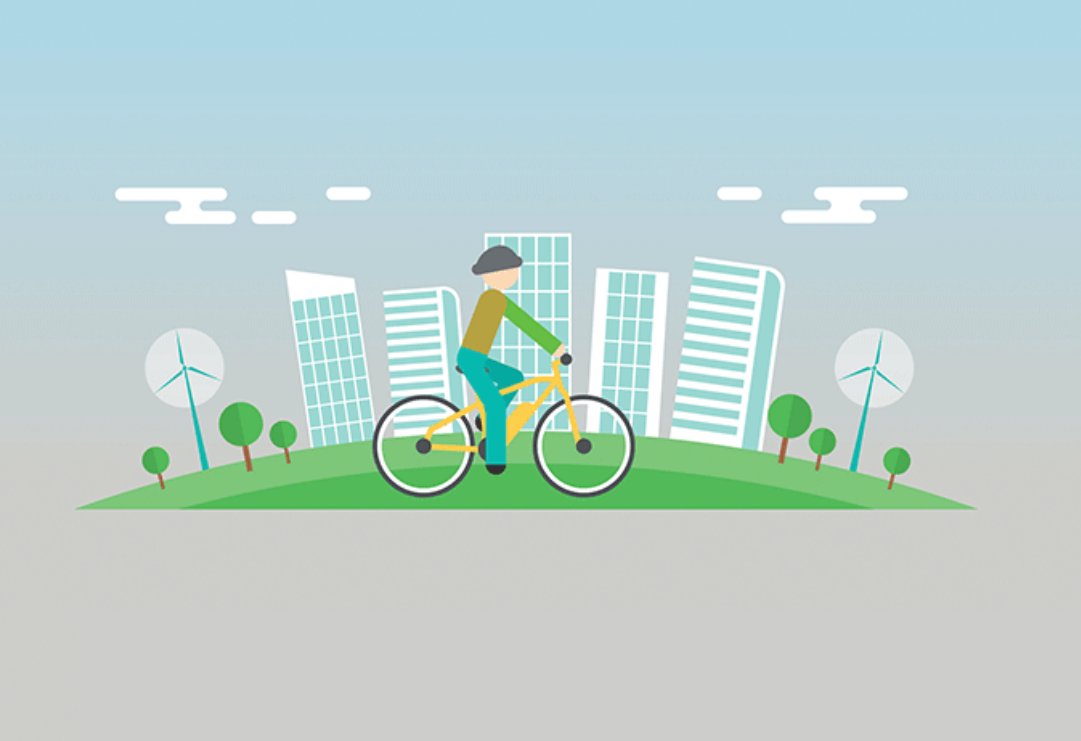Comprehending E-Bike Rules And Regulations: A Novice'S Handbook For Your City
Comprehending E-Bike Rules And Regulations: A Novice'S Handbook For Your City
Blog Article
Authored By-Lynch Thompson
Prior to you hop on your e-bike and struck the streets, it's crucial to comprehend the laws and policies that control your city. From rate limitations to designated riding locations, there's a whole lot to consider to ensure you're certified and secure. By acquainting yourself with the regulations certain to e-bikes, you'll be better furnished to enjoy your adventures without any unexpected legal problems. Keep tuned to uncover key insights that will assist you navigate the e-bike landscape in your city flawlessly.
Recognizing E-Bike Category
When it concerns navigating the realm of e-bike laws and laws, a vital beginning point is recognizing the category system that classifies these electric bicycles. E-bikes are usually identified right into 3 main groups: Course 1, Class 2, and Class 3.
Course 1 e-bikes are pedal-assist only, indicating they provide assistance while the rider is pedaling and have a maximum speed of 20 mph. These bikes are allowed in locations where traditional bicycles are permitted.
Course 2 e-bikes are geared up with a throttle that can thrust the bike without pedaling. pedal moped have a maximum speed of 20 miles per hour and are suitable for riders who might need help without pedaling continually.
Class 3 e-bikes are similar to Course 1 yet with a greater maximum speed of 28 miles per hour. These bikes are frequently restricted from certain bike paths or routes because of their higher speeds.
Comprehending these classifications is crucial for adhering to regional laws and making sure a secure and enjoyable e-biking experience.
Navigating Speed Limitations and Limitations
To effectively navigate e-bike laws and laws, it's vital to understand the rate limitations and restrictions that apply to various classes of electrical bikes.
Rate restrictions for e-bikes differ depending on the classification of the bike. Class 1 e-bikes, which are pedal-assist only and have a maximum speed of 20 mph, are usually enabled on bike lanes and paths.
Class 2 e-bikes, which have a throttle along with pedal-assist and additionally get to speeds of up to 20 miles per hour, may be limited in specific locations where motorized vehicles aren't permitted.
Learn Alot more Here -bikes, with pedal-assist as much as 28 mph, are generally required to adhere to the exact same policies as traditional bikes.
It is necessary to follow these rate limits and restrictions to ensure your security and the safety of others on the road. Before riding your e-bike, familiarize yourself with the details laws in your city to avoid any potential fines or legal problems.
Where to Ride Your E-Bike
To establish where you can ride your e-bike, it's necessary to understand the policies and standards certain to your area. In most areas, e-bikes are usually enabled on roadways and streets where typical bikes are allowed. This might include bike lanes, bike courses, and shared highways. Nonetheless, it's essential to check neighborhood laws as some cities may have certain restrictions on where e-bikes can be ridden.
When riding your e-bike, constantly focus on security by following web traffic regulations and respecting pedestrian walkways. Additionally, bear in mind any type of marked bike lanes or paths in your area and utilize them whenever feasible to ensure a smoother and much safer experience.
Some cities additionally have regulations regarding e-bike use on walkways, so make certain to acquaint yourself with these guidelines to stay clear of any penalties or fines.
Conclusion
Now that you know with the regulations and regulations surrounding e-bikes in your city, you can with confidence hit the road understanding where you can ride and what constraints put on your e-bike classification. Remember to always prioritize security and follow the policies to guarantee a smooth and lawful ride. Delighted riding!
